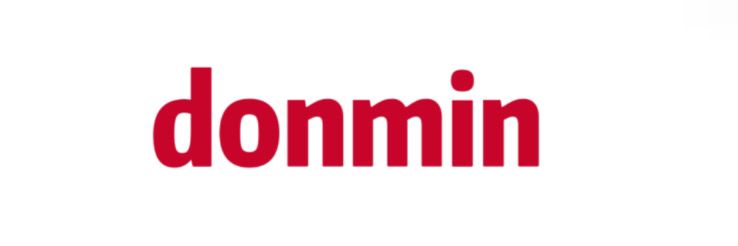How Can We Address Users' Unique Pain Points Effectively?
Understanding and addressing users' unique pain points is crucial for businesses looking to create meaningful engagement and drive conversions. In today’s competitive landscape, it’s not enough to offer a one-size-fits-all solution. We must dig deeper to uncover the specific challenges that individuals face in their customer journey. This article explores effective strategies for addressing these pain points.
Recognizing Unique Pain Points
The first step in addressing users' pain points is understanding what they are. Pain points can vary widely among users based on demographics, preferences, and individual experiences. Some common categories include:
1. Financial Pain Points
Many users struggle with budget constraints. Providing detailed cost analyses or budgeting tools can help alleviate financial concerns.
2. Efficiency Pain Points
Users often seek to save time and streamline processes. Identifying bottlenecks in their current methods allows us to present solutions that enhance efficiency.
3. Convenience Pain Points
Convenience is pivotal in today’s fast-paced world. Developing user-friendly platforms or mobile apps can significantly reduce these challenges.
Gathering Insights through Surveys and Feedback
One of the most effective ways to identify user pain points is to ask them directly. Surveys, polls, and feedback forms can provide valuable insights. This also encourages users to share their experiences, creating a sense of community.
Utilizing Analytics Tools
Beyond direct feedback, leveraging analytics tools can uncover patterns in user behavior. By understanding how users interact with your content, you can pinpoint where they may face challenges.
Connecting with Influencers
To enhance your understanding further, consider engaging with industry influencers and content creators. They often have firsthand insights into the struggles their audience faces. Building relationships with these individuals can lead to collaborative efforts on addressing common pain points.
Additional resources:Rubber & Plastics
Creating Targeted Solutions
After identifying pain points, it’s time to develop solutions tailored to address them. Here are a few strategies:
1. Educational Content
Creating content that educates users on overcoming specific challenges can reduce frustration and empower them.
2. Personalized Experiences
Utilizing user data to offer personalized experiences enhances user engagement and shows that you understand their unique needs.
3. Continuous Improvement
It’s essential to keep iterating on your solutions. Maintaining open lines of communication with your users ensures their pain points are continually addressed over time.
Sharing and Building Community
As you implement these strategies, don’t forget to share your findings and solutions. Engaging with your audience through blogs, social media, and community forums can foster trust and loyalty.
Networking with Other Content Creators
Collaborating with other creators not only enhances your content but also broadens your reach. When you address common pain points together, you create a more robust support system for your audience.
Conclusion
Effectively addressing users’ unique pain points is an ongoing process. By understanding their challenges through communication and insightful analytics, providing targeted solutions, and fostering a community of support, you can create a loyal base of users who value your contributions.
For more sanye, fiber braid hydraulic hose manufacturer, two fiber braid hydraulic hose factoriesinformation, please contact us. We will provide professional answers.

